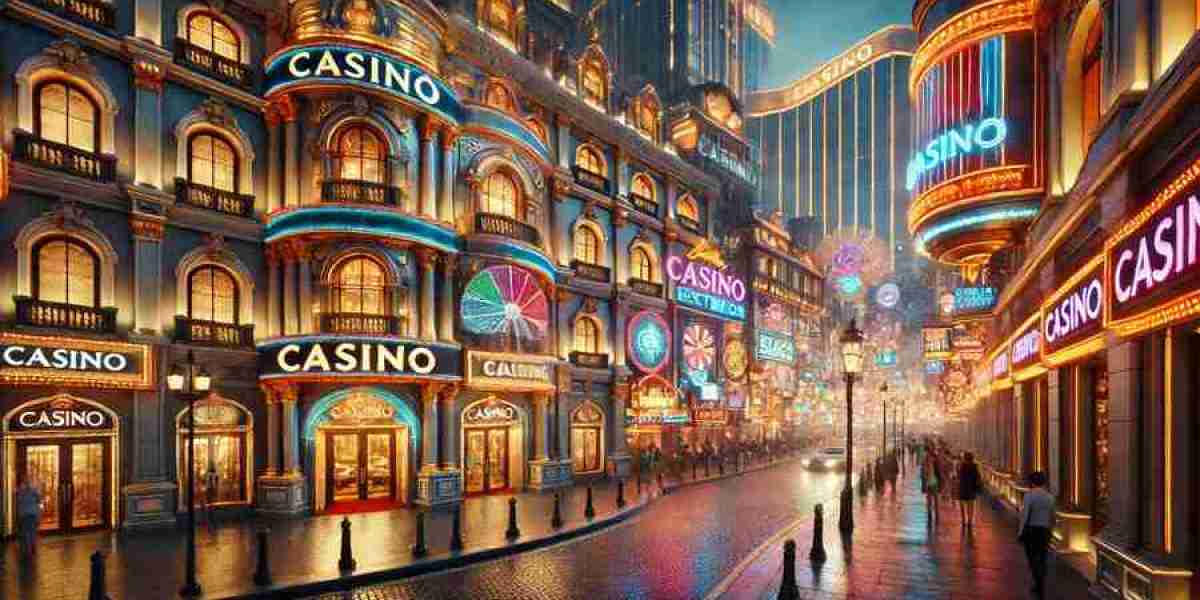San Giorgio Maggiore's location on its own island, opposite St. Mark's Square in Venice, enhances its cultural and scenic significance, San Giorgio Mac serving as both an architectural masterpiece and a prominent cultural symbol. This positioning plays a critical role in the cityscape, creating a visual and spiritual landmark that has influenced Venetian art, tourism, and culture for centuries.
The church of San Giorgio Maggiore, designed by the renowned architect Andrea Palladio, stands as a striking example of Renaissance architecture, with its harmonious proportions, classical symmetry, and refined beauty. Its placement on an island provides a dramatic, unobstructed view of the church’s iconic white marble facade, set against the often vibrant colors of the Venetian lagoon. This visual contrast captures the viewer’s eye from across the water, giving it a unique prominence in the landscape. Palladio's design uses classical elements such as columns, pilasters, and pediments, which are emphasized by the open water around the island, allowing the architectural details to be fully appreciated. This setting turns San Giorgio Maggiore into a beacon of Renaissance ideals in Venice, embodying balance, order, and beauty.
The isolated position of San Giorgio Maggiore creates an almost mystical allure. In the bustling, crowded city of Venice, where buildings tightly line the canals and streets, the island offers a sense of serenity and contemplation. This sense of separation enhances the church’s role as a place of spiritual refuge, distinct from the city’s busy life. Many visitors come to the island seeking a peaceful contrast to the energetic atmosphere of St. Mark’s Square and the Grand Canal, reinforcing San Giorgio Maggiore’s importance as a place of contemplation and worship. Historically, this setting has drawn not only religious pilgrims but also artists, writers, and philosophers seeking inspiration.
Culturally, San Giorgio Maggiore has also served as a subject and backdrop in countless works of art, especially in Venetian painting. Artists like Canaletto and Turner depicted the church and its reflection in the water, capturing the ethereal atmosphere that changes with the light and weather. These artistic interpretations further elevated the cultural value of San Giorgio Maggiore, making it an iconic element of Venice’s artistic heritage. The island setting enables the church to be viewed from multiple angles across the lagoon, each vantage point offering a unique perspective and allowing it to be seen as part of the cityscape while remaining distinct within it.
San Giorgio Maggiore’s position has also made it a crucial location for significant events in Venice, including religious ceremonies and cultural festivals. Its visibility from the Grand Canal and St. Mark's Square allows it to play a central role during events like the Feast of the Redeemer, where Venetian residents gather in boats around the island for celebrations, emphasizing its integration into the cultural life of Venice.
The island location of San Giorgio Maggiore ultimately enhances its dual role as an artistic treasure and cultural symbol. It offers an architectural experience that is visually powerful and culturally rich, blending seamlessly with Venice’s scenic beauty and traditions. The church stands as a testament to Venice's artistic legacy, drawing visitors from around the world who come to experience its beauty and the serenity it offers as part of Venice's enchanting landscape.







